How to grow figs from seeds at home
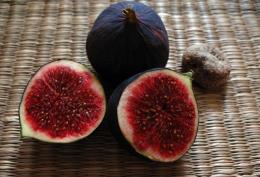
Figs (other names - fig tree, fig tree, ficus carica) - a subtropical plant, a lover of warm and dry climates. It is cultivated in our country and found in the wild in the Caucasus and Crimea.
The juicy fruits of this tree are tasty and healthy, the dark green dissected leaves are very decorative. The pride of every exotic lover will be this spectacular fruit-bearing tree grown on his windowsill.
Content:
Growing figs from seeds
Grow At home, growing figs from seeds is a troublesome task and requires patience. To wait for the desired fruits, the plant will need to constantly create its usual subtropical conditions:
- light
- warm
- sufficient humidity
- air access to the superficial root system
- winter dormant period
From planting the seed to the appearance of the first fruits, you will have to wait up to five years. The easiest and fastest way to propagate figs is by cuttings. But to harvest cuttings you will have to go to the southern regions. And for a sophisticated gardener, in addition to the result, the growing process itself, starting from scratch, can be interesting.
Sowing seeds
For growing figs indoors, low-growing, self-pollinating varieties are most suitable, such as:
- Purple Sukhumi
- Solar
- Sochi -7
- White Adriatic
- Black Pearl
If it is not possible to purchase a varietal seed, then the seeds can be obtained from both fresh and dried fruits. Most often, lovers of experiments have access to seeds only from dried fruits, since ripe, juicy fruits quickly deteriorate and are almost unsuitable for transportation. Seed germination is usually good and lasts for two years.
Sowing is done in early spring. The seeds are washed well to remove mucus and sown in a planting container in a mixture of humus, sand and peat, taken in equal parts. The distance between the seeds is about 2 centimeters. They are covered with a layer of substrate 2-3 cm from above. Gently water and cover with film or glass.
Constantly maintain high humidity and temperature up to 25-27 degrees. After about three weeks, shoots appear.
Now the seedlings begin to harden, accustoming them to room temperature, and then exposing them to the balcony for a few minutes (and then hours). When the height of the plants reaches 10 cm, you can plant them in separate narrow pots. Important. You cannot transplant young figs into a container that is too large - the plant will begin to “fatten,” that is, increase green mass, and will begin to bear fruit much later.
A pet up to the age of five requires regular annual transplantation. The young tree is transplanted into a pot, the volume of which is 1 liter larger than the previous one, using the transshipment method. Inspect the roots, carefully shaking off the old soil.

Drainage from small pebbles is poured into the bottom of the container in a layer of 3 centimeters. The plant is planted in a pre-prepared substrate consisting of leaf humus, peat and sand. It is advisable to add crushed eggshells. The root collar should remain on the surface of the earth. Fertilizers can be added at this time.Starting from the age of six, the tree is replanted every three to five years.
Fig care
During the growing season, figs are kept at a temperature of 25-27 degrees in a well-lit place. In warm weather, the container with the tree can be taken out to the balcony or garden. Sunlight is very important for the plant during fruit ripening. Watering during the growth period is frequent and abundant, otherwise the leaves may curl and fall off.
When the fruit begins to “pour”, watering is reduced slightly so that they do not become watery and the taste develops more intensely. Important. In too hot and dry summers, figs respond well to “sprinkling” the leaves with warm water.
Figs are a deciduous plant, so with the onset of winter they require a period of rest. Figs rest from November to January. It is necessary to move it to a room with a temperature not exceeding +10 degrees and not falling below zero. Another option would be to move it to a dark place and make it smaller. glaze.
Video on how to grow figs from seeds:
Water occasionally with cool water, just so that the soil does not dry out. When the buds swell in January, the figs are again transferred to a brightly lit place and given regular watering and fertilizing. The first feeding is with nitrogen, which is necessary for the rapid development of the vegetative mass of the plant.
Then the tree is fed every two weeks, alternating organic fertilizers with mineral ones. Ripe fruits can hang on the tree for about a month, maintaining their taste. Picked fruits cannot be stored for long periods of time.
Trimming
In order to speed up fruiting and enhance decorativeness, indoor figs are pruned. The procedure is carried out until the buds open. The crown is formed in the form of a fan, leaving 3-4 strong branches on the plant.They try to give the plant the shape of a bush with horizontal shoots.
Fan pruning makes the plant more compact and helps to receive the maximum amount of light. The apical bud of a young tree is pinched to stimulate the development of lateral shoots. All weak, thickening and inward-pointing branches are regularly removed.
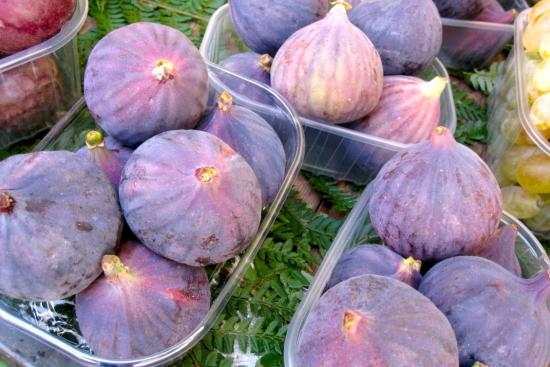
As a result of proper pruning, a patient gardener in a few years will receive a powerful bush-shaped plant up to 1.5 meters high. It is extremely tempting to grow this heat-loving representative of the subtropical flora at home, delighting the caring owner and his guests with its exoticism and valuable fruits.

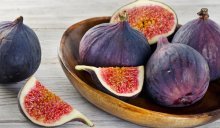
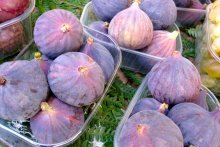
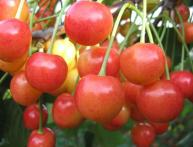

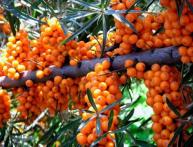

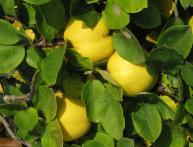
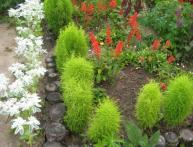
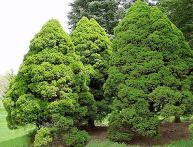
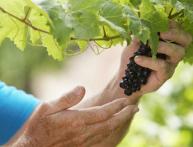
Comments
Figs grow in slightly different climatic conditions, which is why problems arise with their cultivation. I tried to propagate it using seeds, but nothing good came of it.